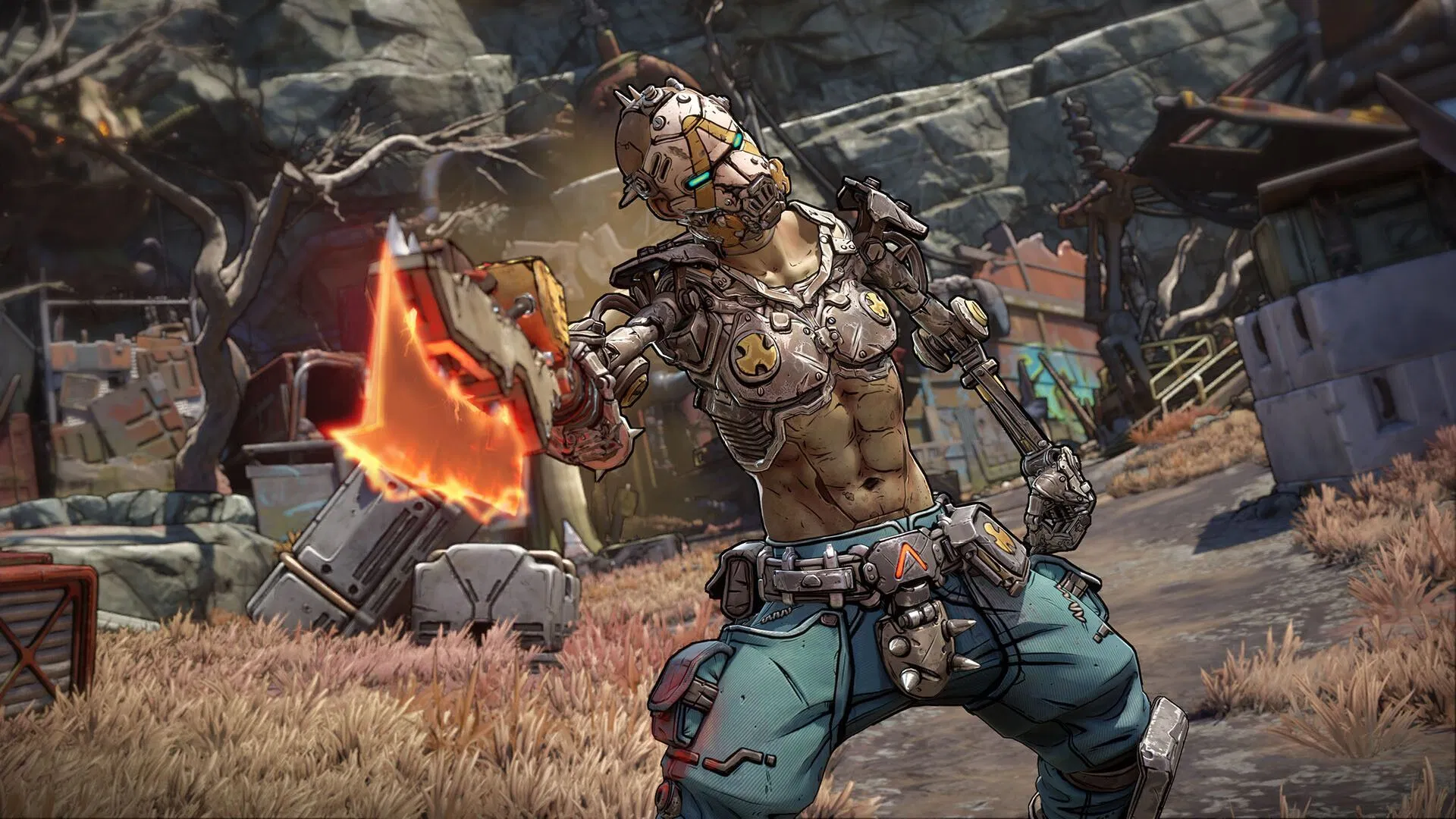The latest expedition to Pandora in Borderlands 4 promised PC players an exhilarating new chapter of loot, mayhem, and iconic gunplay. However, for a segment of the Vault Hunter community, the post-September 25 patch experience has been less about smooth scavenging and more about jarring stutters and performance hiccups. In an unexpected turn, developer Gearbox Software has offered a rather unorthodox remedy: simply enduring the choppy waters, or manually purging your system`s digital dust bunnies.
The Invisible Laborer: Understanding Shader Compilation
Reports poured in swiftly after the patch`s deployment, detailing significant stuttering and frame rate drops for many PC players. Gearbox quickly pinpointed the primary culprit: background shader compilation. For those unfamiliar with the technical minutiae, shaders are essentially miniature programs that instruct your graphics card on how to render the visual splendor of a game—everything from the glint on a weapon to the texture of a distant rock. Proper compilation ensures these visual instructions are ready for your GPU to execute efficiently, resulting in a fluid graphical experience.
In the typical workflow of modern PC game development, shader compilation is a preparatory step. It usually occurs either during the game`s initial installation, upon launching after a major update, or when a new area with unique visual assets is loaded for the very first time. This pre-processing aims to offload the heavy computational work, ensuring that when you`re in the thick of a battle, your system isn`t simultaneously trying to figure out how to draw bullet impacts or explosive effects. However, in the current iteration of Borderlands 4, this critical compilation seems to be happening dynamically, and noticeably, while players are actively engaged in gameplay.
Gearbox`s “Patience is a Virtue” Protocol
The official recommendation from Gearbox for resolving the stuttering is, without exaggeration, rather unique. Players are advised that “The stuttering should clear up after 15 minutes of continuous play.” This implies that the game needs a substantial warm-up period, effectively asking players to tolerate a less-than-optimal experience until the background processes conclude. For many seasoned PC gamers, who expect robust performance from the outset, this suggestion might evoke a wry smile. The notion of intentionally slogging through a quarter of an hour of technical issues to reach a stable state feels like a peculiar throwback to the wilder days of PC gaming.
One can almost visualize a player, frantically dodging enemy fire, checking their watch, and muttering, “Just ten more minutes of this slideshow, and then I`ll finally get a proper frame rate!” It certainly shifts the burden of optimization from the developer to the player`s patience.
The Manual Intervention: Clearing Your Shader Cache
Should the “play-it-away” method fail to soothe the savage frame rate, Gearbox offers a more traditional, yet still player-intensive, alternative: manually clearing your graphics card`s shader cache. This process is specific to your GPU manufacturer (NVIDIA, AMD, or Intel) and typically involves navigating through driver settings or specific file directories. While a legitimate troubleshooting step, requiring players to perform such an action for a newly patched game can be inconvenient and, for less tech-savvy individuals, a daunting prospect.
This suggests that the game`s internal mechanisms for managing these compiled shaders might be encountering unexpected friction with various hardware configurations, or that the patch itself introduced an anomaly in how these crucial graphical assets are handled by the system.
Beyond the Frame Rate Frustration: Other Developments
The September 25 patch wasn`t entirely focused on performance corrections. It also brought welcome additions and ongoing balancing efforts:
- An FOV (Field of View) slider was introduced for console players, a long-requested feature offering more visual customization, albeit with potential minor performance implications.
- Balance changes were implemented for Vault Hunters, indicating Gearbox`s ongoing commitment to refining gameplay and character viability. More such adjustments are anticipated in future updates.
However, the broader Borderlands landscape isn`t without its own share of technical shifts. The much-anticipated Borderlands 4 Switch 2 edition has faced an indefinite delay, with all digital pre-orders being refunded. This decision was attributed to the need for “more polish” and the integration of cross-save functionality. Meanwhile, Gearbox boss Randy Pitchford has openly discussed his involvement in the “Now You See Me” movie sequel, a tangential project that, while interesting, probably doesn`t alleviate the immediate concerns of PC players struggling with stuttering in his company`s flagship game.
Navigating the Path Forward for Vault Hunters
The dedication to continuous updates and feature additions for Borderlands 4 is undoubtedly a positive. Yet, the current PC performance issues, coupled with the unconventional advice for their resolution, highlight the persistent and often complex challenges of modern game optimization. Players rightfully expect a seamless and high-performing experience, especially after a patch explicitly designed to enhance stability.
For the time being, PC Vault Hunters may need to approach their adventures with an added layer of technical troubleshooting or, indeed, a generous helping of patience. The community undoubtedly hopes that future patches will deliver more direct and universally effective solutions, ensuring that the chaotic fun of Borderlands 4 can be enjoyed by all, without any involuntary performance intermissions.

